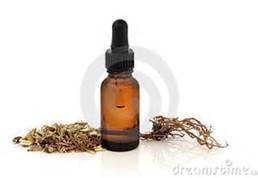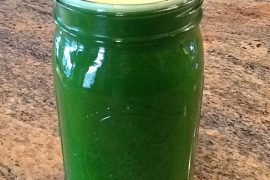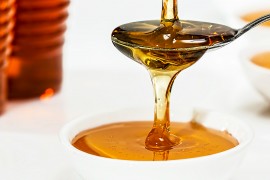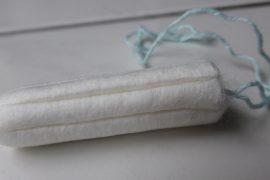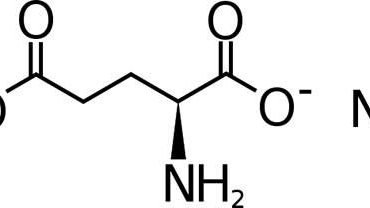Herbal medicines can be prepared in numerous ways. Each variation is based on efficient delivery for the herbs and the intended action. Some herbal medicines are meant to be taken orally, such as an infusion, decoction, pill, or tincture; others are for topical use such as a liniment, lotion, ointment or cream.
A liquid extract or tincture preserves the herbs in a base liquid which allows them to be easier to take, as well as preserving them for a longer period of time. Homemade herbal tinctures are prepared using fresh or dried herbs in a base of alcohol, glycerin, vinegar or wine. The term tincture generally refers to an alcohol based preparation, while a glycerin base is referred to as a glycerite. My preferred base is alcohol as it preserves the tincture for a longer period of time and is more efficient at extracting the herbal properties of the plant.
The method discussed in this article will use dried herbs and an alcohol base. The method of extraction will be maceration, as percolation requires more equipment than most individuals have in their homes. Maceration is simple and is a wonderful option for home and general use.
What Kind of Alcohol Should Be Used?
0% – 50% (80-90 proof vodka)
• “Standard” percentage range for tinctures.
• Good for most dried herbs and fresh herbs that are not “juicy”.
• Good for extraction of water soluble properties.
67.5% – 70% (½ 80 proof vodka + ½ 190 proof grain alcohol)
• Extracts most volatile aromatic properties.
• Good for fresh high-moisture herbs like lemon balm, berries, and aromatic roots.
• The higher alcohol percentage will draw out more of the plant juices.
85% – 95% (190 proof grain alcohol)
• Good for gums and resins.
• Extracts aromatics and essential oils that are bound in the plant and do not dissipate easily.
• The alcohol strength can produce a tincture that is not quite pleasant to take.
Folk Method Directions:
1. Add marc (herbs) and menstruum (liquid base) into a container. Fill jar 1/2-to 3/4 full.
2. Pour alcohol over herbs; be sure they are completely covered.
3. The jar should look full and herbs should be moving freely in alcohol. Make sure lid is on tight.
4. Store the jar in a cool dark place. Shake several times during the week and check your alcohol levels.
5. Add alcohol as needed to keep herbs completely covered.
6. Allow the herbs to macerate in alcohol for 6-8 weeks.
7. After 6-8 weeks it’s time to strain your herbs.
8. Place strainer over a bowl and pour menstruum and marc in strainer to separate.
9. Strain and press herbs completely, to release the liquid.
10. Allow liquid to settle.
11. Compost your herbs.
12. Place an unbleached coffee filter in the wire strainer and pour liquid into the unbleached coffee filter to strain again. (You can also use cheesecloth for this).
13. Bottle and label your tincture.
14. Tincture should be stored in air tight containers away from the sun and any heat source.
References:
From The Shepherd’s Purse by Max G. Barlow
Herbal Medicine from the Heart of the Earth by Sharol Tilgner ND
The Herbal Medicine-Maker’s Handbook by James Green
The New Age Herbalist by Richard Mabey

